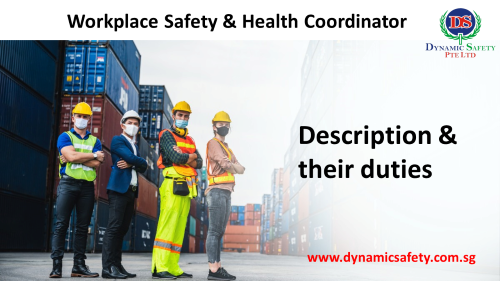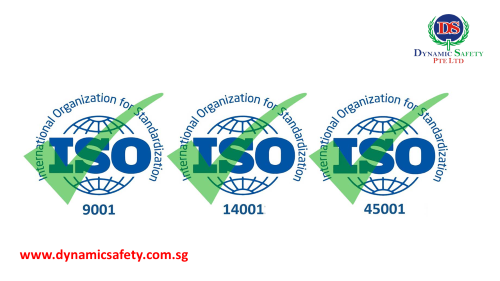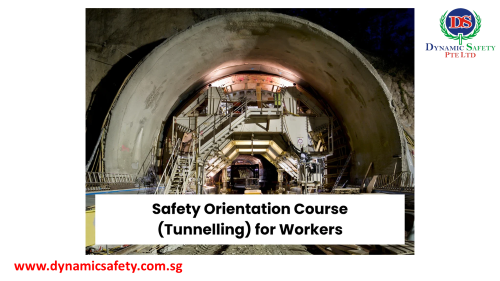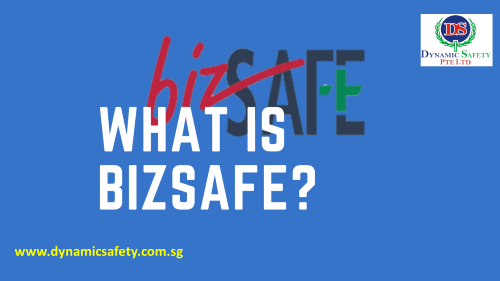



Blog

A brief description of the bizSAFE levels
16-Dec-2024 13:06 PMbizSAFE Levels : Level 1: Level 1 is a course. Course name Top Executive WSH Program (TEWP). Duration of the course is 3hrs & only workshop. bizAFE Level 1 certificate is valid for six months and not renewal. Level 2: Level 2 is a course. Course name is Workplace Safety & Health Control Measures (WSHCM). Duration of the course is 16hrs. bizAFE Level 2 certificate is valid for six mont
Read More
Workplace Safety and Health Coordinator
11-Dec-2024 19:15 PMWorkplace Safety and Health Coordinator (WSH) Finding hazardous problems in the workplace and suggesting and putting into action corrective action are the responsibilities of a Workplace Safety and Health (WSH) Coordinator. Description of the job By conducting safety inspections to identify instances of non-compliance, keeping an eye on everyday work practices, gathering employee input,
Read More
Basic details of ISO
10-Dec-2024 12:04 PMISO: ISO stands for International Organization for Standardization. To develop and publish International Standards and Ensure safety, quality, efficiency of products, services, and systems. Benefits of ISO certification: 1. To identify risks and opportunities. 2. To prevent problems from reoccurring. 3. To improve employee perform
Read More
SOC-Tunneling course
09-Dec-2024 18:56 PMCourse description: The Safety Orientation Course (Tunneling) for Workers points to upskills workers to recognize safety and health hazards and take the necessary pre-emptive measures to avoid injuries and diseases while working in tunnels. For whom: * All workers must undertake a Safety Orientation Course (Tunneling) for Workers before they are empowered to work in tunnels. * participants
Read More
Basics details of bizSAFE
06-Dec-2024 11:29 AMWhat is bizSAFE bizSAFE certificate business safety certificate Based on workplace safety and health management system. bizSAFE Certificate was creates a building programme for Workplace Safety And Health for Employees. The purpose of the bizSAFE certificate help to companies build up workplace safety and health capabilities improvements. Advantages ? This cert
Read More_vh716r06.png)
Workplace Safety and Health Officer
02-Dec-2024 13:19 PMRoles and responsibilities In order to create a safe workplace, the organization's WSH protocols must be implemented and maintained by the Workplace Safety and Health (WSH) Officer. He or she investigates incidents and finds instances where organizational protocols and legal WSH obligations are not being followed. He or she reports on the status of remedial and preventive measures i
Read More
